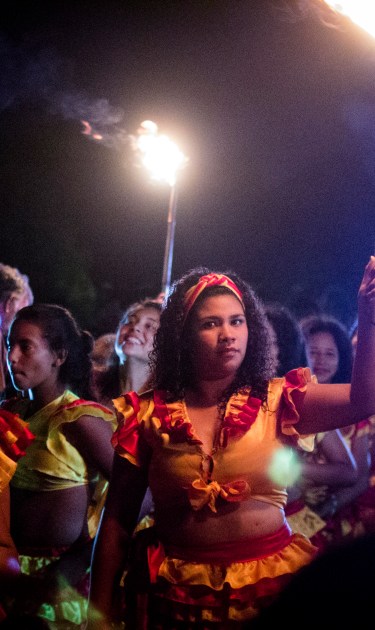Speaking to female photographers in Latin America, you’ll find that many feel belittled, intimidated and alone. They’ll tell you that male peers and superiors routinely question their talent and expertise. Meanwhile, the images that win prestigious awards and land on the front pages of leading newspapers abroad perpetuate tired tropes of Latin American women.
This is what Isadora Romero and Mayeli Villalba – documentary photographers in Ecuador and Paraguay, respectively – discovered as they reached out to female colleagues to ask them to join their budding collective of female photojournalists called Ruda, named after the potent rue plant.
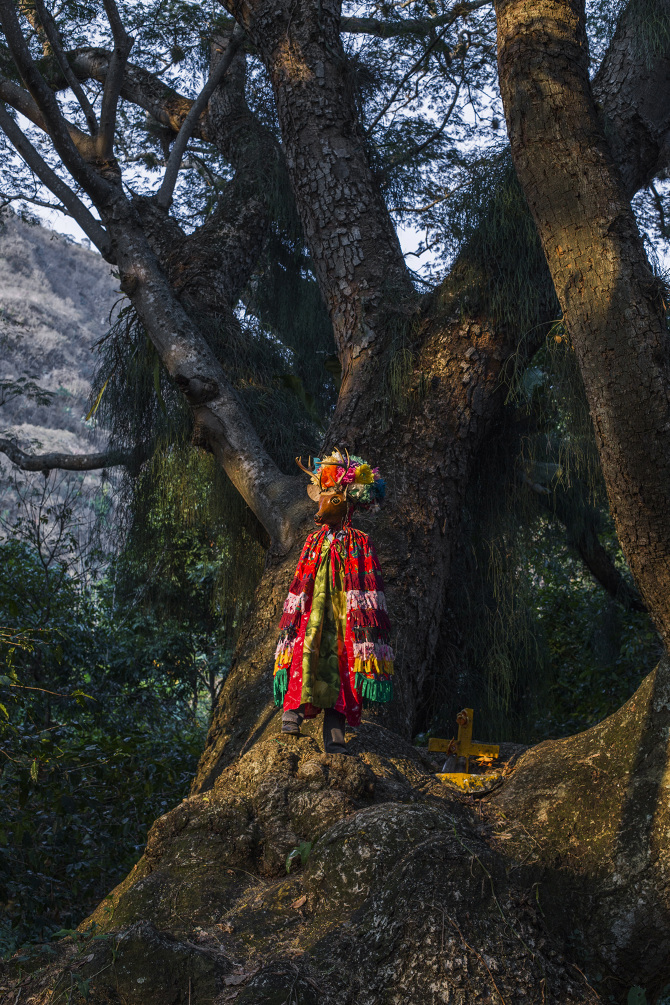
After bonding over discussions on the lack of female representation in their field, Romero and Villalba started to envision a network of female photographers that would support each other and collaborate. The collective would be transnational, its members hailing from different countries that together could tell a nuanced, layered story of Latin America.
Today the group represents 11 countries. Its members consist of Luján Agusti, of Argentina; Mayeli Villalba, of Paraguay; Koral Karballo, of Mexico; Gabi Portilho, of Brazil; Ángela Ponce, of Peru; Morena Joachin, of Guatemala; Wara Vargas Lara, of Bolivia; Paz Olivares-Droguett, of Chile; Fabiola Ferrero, of Venezuela; Ximena Vásquez, of Colombia; and Isadora Romero, of Ecuador.

When Romero and Mayeli spoke to fellow female photojournalists from various latitudes, they realized the need for this type of autonomous space, which would counteract the machismo in the industry with stories told from the female gaze, was felt by everyone and defied borders. Each one had their own tale to tell about gender discrimination in their respective country, whether it was in Chile or Mexico or Venezuela.
A growing number of initiatives are addressing precisely these issues in Latin America, such as the International Women’s Media Foundation, which finances projects led by women-majority teams of journalists in Latin America and Foto Féminas, a media platform for Latin American, female photographers.
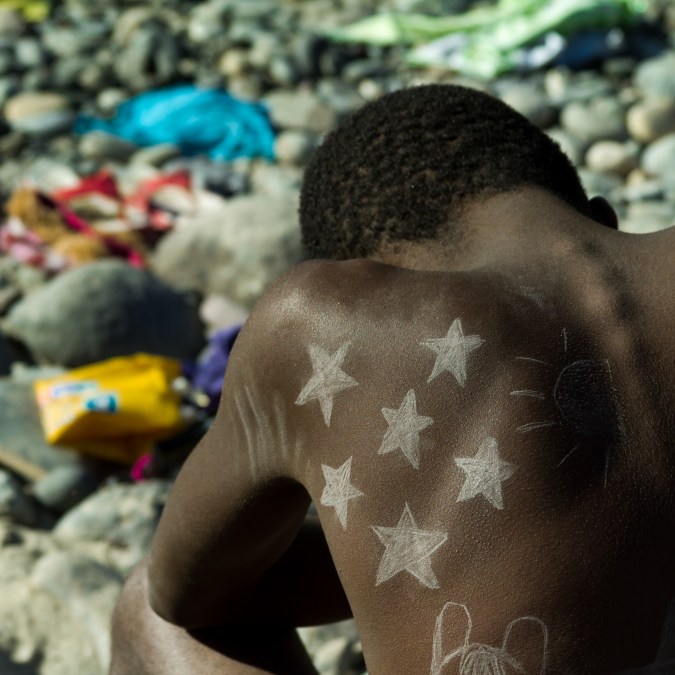
Still, Romero insists that there’s much work to be done, pointing out that data from the collective Women Photograph proves that in 2019, women continue to be underrepresented in top newspapers around the world. The latest data set, from April to June of this year, indicates that only one out of eight publications reviewed published the photos taken by women on their front page as often as they did those taken by men. (The paper was the San Francisco Chronicle.)
While Women Photograph analyzes mostly English-speaking media (and Le Monde), a sweep of the top Latin American newspapers would likely produce the same results. Little information exists on representation of women in the industry, but Ruda is hoping to change that: It’s conducting a poll of female-identifying photographers on their treatment in the industry.
“When women spoke up, they had to be twice as insightful.”
One figure of the preliminary results is particularly concerning: 80 percent of women polled said to have experienced some type of discrimination or violence in their workplace. This is corroborated by the anecdotes shared by some of Ruda’s members, such as Luján Agusti, a visual reporter from Argentina.
Agusti, whose long-term projects focus on identity and culture in Argentina and Mexico, relates stories of how the attitude of her male colleagues were demeaning to women. “Since I started studying photography, men’s voices were always valued more than women’s, and when women spoke up, they had to be twice as insightful,” Agusti says.
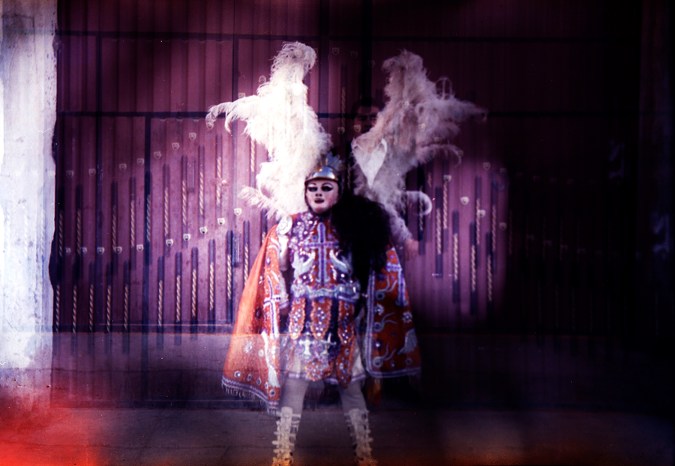
“In my first jobs, they would say, ‘Why did you send me this chick?’” adds Agusti, who now photographs for National Geographic and other outlets.
Ximena Vásquez, a Colombia-based photographer who documents Afro-descendent communities, assures that where she’s based, men dominate most spaces of power. This means that women who want to be included in the industry must gain the approval of these male gatekeepers.
This, of course, can limit the number of women in the industry and also risks restricting the vision of female photographers who wish to challenge patriarchal, white, heteronormative views with their projects.
Ruda also questions the sexist and colonial portrayals of Latin American women sold in foreign markets that members of the collective say don’t represent them. “[Foreign correspondents] photograph from a lens that victimizes women, in which women appear in the worst scenarios and in the worst possible way,” Romero says, adding that these images are the ones typically rewarded by international contests.
With limited opportunities afforded abroad for the projects they wish to see, it’s important that Ruda offers a space for women to both critique and support each other’s work. “I think we have to start to curate our own work, decide how we want to narrate our stories, and how we want to represent ourselves. The validation we give ourselves is equally as important,” Romero says.
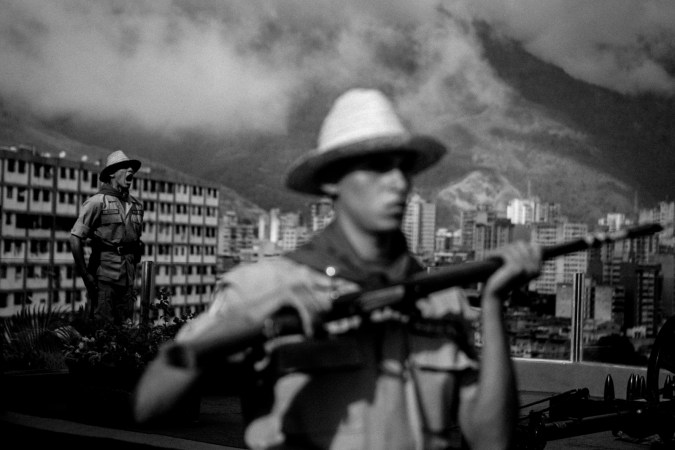
The 11 women that make up Ruda each have developed personal projects that narrate an underrepresented account of life in their respective countries. “Before we came together, we each have been in the practice of telling stories from the perspective of our identity, our location, and with much respect and collaboration with the people that we work with,” Villalba says.
“What’s usually represented in the media is what’s immediate and spectacular,” Romero adds. But each member of Ruda, in some way or another, has embarked on a personal project that focuses on everyday life and tells a much more intimate story of their respective country, she says.
Villalba, for example, has traveled across Paraguay to find stories of fellow Afro-descendent communities to visibilize this sidelined population. Paz Olivares-Droguett explores women’s sexuality and motherhood in Chile with dreamy, analogue shots, often turning the camera toward herself and her family. Fabiola Ferrero takes a poetic approach to documenting the psychological distress fellow Venezuelans suffer amidst the economic crisis.
Each photographer works different themes and styles and what’s exciting is the possibility of them uniting these perspectives, interests and sensibilities to portray a side of this region that lies closer to their truth.
“What interests me about Ruda,” Olivares-Droguett says, “is the power to show the world as we are.”
Update, August 9, 2019 at 11:52 a.m. ET: This piece has been updated. It initially stated that Ruda had nine members. There are now 11.
